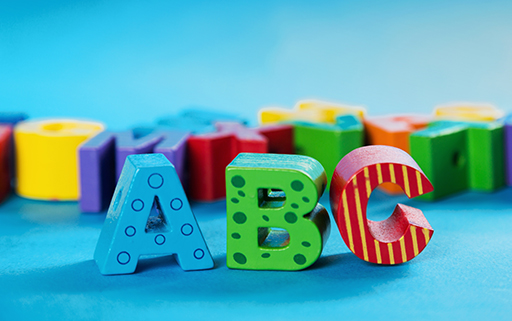5 The ABCs of movement
As babies develop into toddlers and on into young children, they build upon their existing acquisition of movements. Gross movements (or ‘motor skills’) are developed first, which then allows the smaller more refined movements (called ‘fine motor skills’) to be learnt and put into action.
Gross motor skills definition: Skills performed using large parts of the body (or even the whole body) and requiring less precision are classified as gross motor skills, e.g. crawling or running safely.
Fine motor skills definition: Skills that require greater precision in the control of small muscles are classified as fine motor skills, e.g. grasping an object.
It is important to note that foundation/fundamental movement skills (FMS) usually emerge in a specific order, but that the rate of development, the confidence and movement competence depends on the learning environment, the opportunities they are provided with and the motivation they have to learn. Children often skip movement ‘milestones’ and catch up later through spikey or uneven (known as asynchronous) development.

This is usually of little concern and as such the organic process of acquiring movement skills should be supported through the infusion of the movement culture discussed later in this week. At this point it is worth noting that children with Down syndrome often experience delays in motor milestones (Hayward and Getchell, 2014).
Listen to Audio 2 in which educator Lala Manners talks about the link between developing gross and fine motor skills and the development of health, self-care, learning and physical literacy.
